WASHINGTON, D.C.—Despite overall improvements to care for a heart attack, women are less likely to receive timely treatment, according to a new study in Annals of Emergency Medicine.
“Heart attack treatments have come a long way but timely access to appropriate care is still an issue, especially for female patients,” said Juan Carlos Montoy, MD, PhD, assistant professor, University of California San Francisco Department of Emergency Medicine, and lead study author.
This study analyzed more than 450,000 records of patients with one of two types of heart attack, an ST-elevation myocardial infarction (STEMI), or a non-ST-elevation myocardial infarction (NSTEMI), from 2005 to 2015 in California hospitals.
Results showed that in 2005, timely angiography occurred for 50% of male patients and 35.7% of female patients with STEMI, and 45% of males and 33.1% of females with NSTEMI. In 2015, those rates improved to 76.7% of male patients and 66.8% of females with STEMI, and 56.3% of males and 45.9% of females with NSTEMI.
Timely access to angiography is defined for this study as treatment on the day of hospital admission for STEMI patients and within three days of admission for NSTEMI patients. Angiography is a diagnostic process that involves an x-ray of dye injected into blood vessels to assess narrowing or blockage in veins or arteries.
The proportion of patients who received timely treatment increased and mortality decreased over time for men and women. However, while gaps in treatment and outcomes between genders narrowed over time, these disparities persisted over the course of the years analyzed.
It is striking that female patients received timely treatment for NSTEMI in 2015 at rates lower than males measured in 2006, the authors said. Females treated for STEMI in 2015 received timely treatment at lower rates than males did in 2010.
These disparities also exist along racial lines. The authors note that Black, Hispanic, and Asian patients were less likely as white patients to undergo timely angiography, with minimal changes over time.
“Some of the factors influencing this pronounced treatment gap are insurance status, hospital characteristics and geography,” said Dr. Montoy. “But there are biases and social issues that challenge access to care and impact the treatment of women and patients of color with heart issues. These gaps should concern clinicians and patients because they can result in delayed care and lower the likelihood that some patients receive potentially lifesaving treatment.”
 American College of Emergency Physicians
American College of Emergency Physicians







